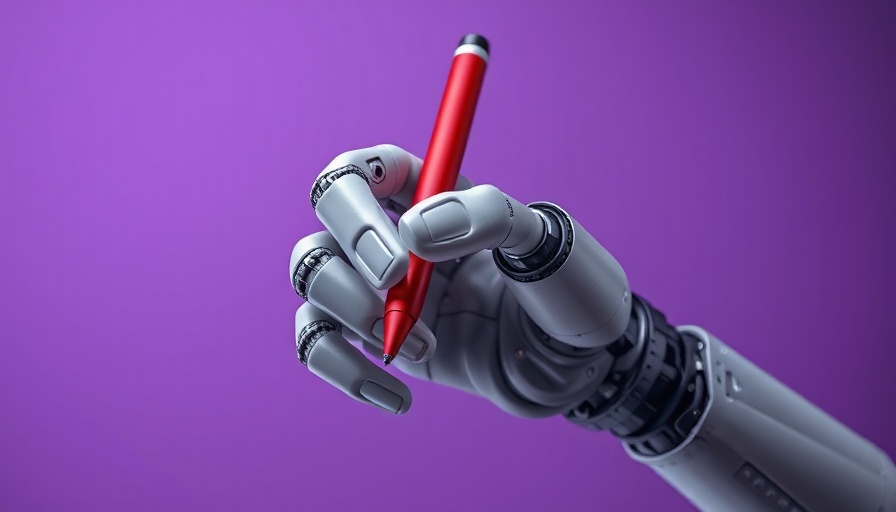
OpenAI's New Creative Writing Model Causes Literary Debate
On March 11, 2025, OpenAI CEO Sam Altman took to social media to share a piece of creative writing, declaring it a significant demonstration of the capabilities of their newly unveiled AI model. The story, which centers on a character named Mila grappling with grief, was met with mixed reactions from the literary community. While Altman praised it as an impressive feat of metafiction, established writers have expressed serious doubts regarding the authenticity and artistic value of AI-generated narratives.
Reactions from Authors Reveal Divided Opinions
Notably, acclaimed author Dave Eggers responded harshly, describing the output as "pastiche garbage" and calling for a clearer distinction between what constitutes genuine art and what AI produces. His view emphasizes a fundamental belief held by many writers: that true art emerges from the "human soul," informed by lived experiences and emotions that a machine cannot genuinely replicate.
In contrast, fiction writer Susan Steinberg adopted a more moderate stance, noting that if she were unaware that the story was AI-generated, she might have viewed it more favorably. However, she too pointed out significant issues with the language, particularly an overwhelming reliance on metaphors, which could undermine the authenticity of the writing.
The Broader Implication of AI on the Literary Landscape
The emergence of AI in creative writing poses critical questions about the future of literature. Similar sentiments were echoed in a New York Times article discussing the potential ramifications of AI on the literary industry. As AI writing programs become more capable, the concern is that they may diminish the value of human authorship, much like the industrial machinery that displaced many manual workers during the Industrial Revolution. Are we entering a new age where authors will compete with machines that can churn out pages of content with mechanical efficiency?
Can AI Truly Enhance Creative Processes?
While skepticism prevails, some authors have begun to explore AI as a collaborative tool rather than an adversarial force. For instance, indie author Jennifer Lepp shared her experience of integrating AI into her writing process, resulting in increased production rates. However, this begs the question: does relying on AI dilute the uniqueness of an author's voice? Will diverse voices and narratives be adequately represented within AI-generated content, or are we risking the homogenization of literature?
Challenges and Opportunities for Authors
The crux of the debate lies in understanding the distinction between creation and replication. Though AI may be adept at mimicking styles and themes, it lacks the intrinsic understanding required to convey the depths of the human experience. This sentiment, echoed by multiple voices in the writing community, is at the heart of the ongoing discourse around copyright issues, as authors fight against having their works used without consent to inform AI models.
As legal battles continue, the future of AI in creative writing remains uncertain. The underlying question persists: can AI coexist with human creativity without impeding artistic expression? The literary world may soon have to reconcile with a reality where collaboration between humans and AI becomes the norm.
Call to Action: The Future of Writing is Collaborative
The literary landscape is evolving, and writers, readers, and technologists must engage in dialogue to navigate this transition. Embracing AI as a tool—while advocating for ethical use—is essential for fostering a creative environment that celebrates individuality. Now more than ever, writers should influence the conversation surrounding how AI intersects with literature and participate actively in shaping its development.
 Add Row
Add Row  Add
Add 




 Add Row
Add Row  Add
Add 

Write A Comment